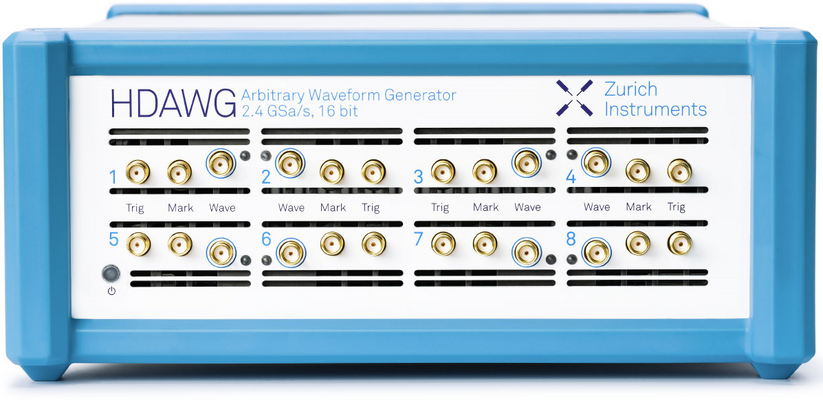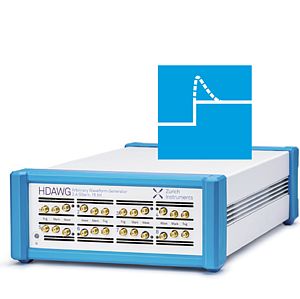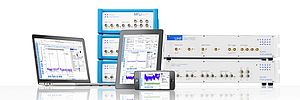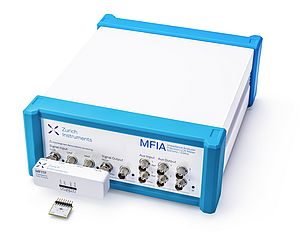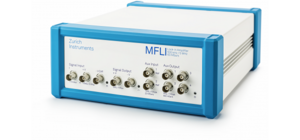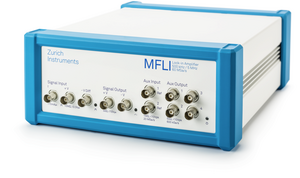Zurich Instruments has just introduced a new arbitrary waveform generator (AWG). The HDAWG is a high-density multi-channel AWG featuring the highest channel density and the lowest trigger latency (<50ns) available. Both the 4 and 8 channel models offer 16 bits of vertical resolution at a sampling rate of up to 2.4 GSa/s and a signal bandwidth of 750 MHz. The maximum output amplitude is ±5V. Prices start at USD 5,500 per channel, making the total cost of ownership highly competitive.
Software, Work Efficiency, and Scaling
"The most exciting part of the HDAWG is how LabOne, the innovative software package included with all our instruments, enables efficient workflows. It has browser-based instrument control and APIs for the most important software environments. The LabOne sequencer combines waveform and sequence definition in a single editor and enables the use of parametrized control sequence and internal oscillators," says Bruno Küng, Chief AWG Evangelist of Zurich Instruments. "It reduces a lot the sample-based waveform definition from third party software and so minimizes the waveform transfer times. In addition, the C-like sequencer language makes it easy to define branching conditions so the user will find it much easier to stay on top of the signal generation complexity required for demanding multichannel applications."
LabOne also contains Multi-Device Synchronization (MDS) supporting a user-friendly way to scale up to 64 channels on eight automatically synchronized instruments at the picosecond level. With MDS the waveforms are defined in a single editor, then compiled and distributed across all the instruments. The software also integrates with other measurement devices like the Zurich Instruments UHFLI comprising lock-in amplifier, digitizer, boxcar average, scope and spectrum analyzer functionality.
Quantum Computing, Spectroscopy & Component Testing
The HDAWG targets all multi-channel applications that demand high signal fidelity. Quantum computing is an example. Many channels have to run with full synchronicity but be able to break out quickly new branch sequences based on measurement results. Also, pairing two channels for I/Q mixing is naturally supported for implementations where frequency up-conversion is needed. NMR and other spectroscopy applications benefit from the advanced modulation schemes based on internal oscillators, variable sampling rates and parametric sweeping. Nested sequencing, waveform iteration, and dynamic sequencing with DIO control are ideal for high-throughput device testing. Multiplying or adding the AWG signal with a function generator signal extends the possibilities and helps simplify and speed up daily measurement routines.


